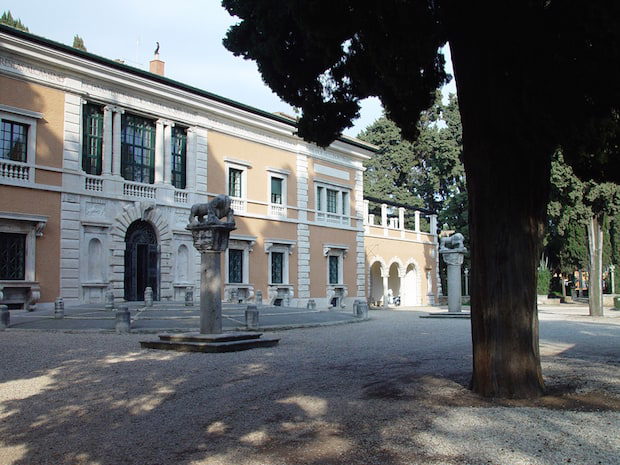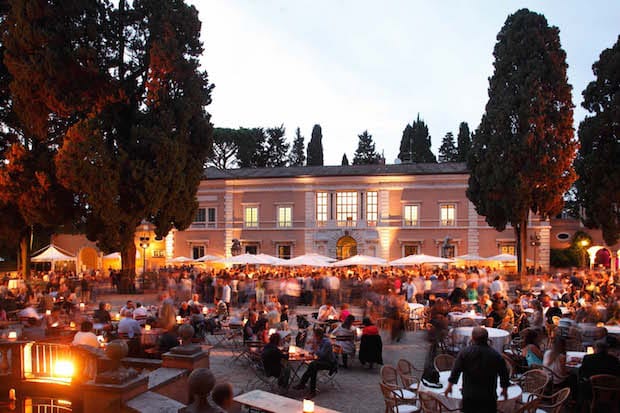An interview with Dr. Joachim Blüher
Villa Massimo has long been the creative hub for German artists, musicians, writers, architects, designers and poets. This year will be no different, with a fresh crop of resident fellows arriving in February. In anticipation of the kick off to the 2015 Fellows program, I sat down with the Director of the German Academy at Villa Massimo, Dr. Joachim Blüher.
INSPIRATION
Foreign Academies and Institutes in Rome

“We started the interview and the director was astonished!” Dr. Blüher said, laughing as I prepared to take notes on my phone. Given his expertise in archeology and antiquity, years of experience working at major galleries, inner circle of renowned International Artists, and his successful career as Director of Villa Massimo, Dr. Blüher’s apparent surprise at my basic ability to type his words as he spoke, had me laughing as well. So I let the voice recorder do the work, and I sat back in Dr. Blüher’s office overlooking the grounds of Villa Massimo listened to his interesting observations, laughed at his witty anecdotes and was transfixed by his wisdom.
What do you think is important about the art in Rome?
We [northern people/Germans] are still here because Rome is still interesting. What you can learn here, you can learn in archeology, you can learn with Michelangelo. What you can learn at first glance is proportion, things here are big! Huge! We are precise, and here we see, not the exactness or precision, but the generous stroke of a brush, of a painter.
It will always be important for an artist to come to Rome. It will never lose its attraction. I insist on it.
If you see the early Michelangelo in the Sistine Chapel, you see such power! This power is interesting, the proportion is interesting , and that is why it will always be important for an artist to come to Rome. It will never lose its attraction. I insist on it.

Do the artists who come here draw their inspiration from Rome?
I think out there, they [artists] are very much attracted to archeology, and painting, but they are not attracted to the contemporary art. Italy is not the ground for Contemporary art. Contemporary art is normally never beautiful and never sweet, and this is a grave contradiction in this [Italian] society.
Do you feel at home here?
What I understand is that every day I am getting older, every day I am here in Rome. I still like it, sometimes I hate it, and I will forever remain: the German.
I was so much in love with Italy, and she was like a beautiful woman to me, because everything was better than in Germany. Through the years, she is still as beautiful as she was before, only sometimes she has a bad character.
So what I’m telling you is, it’s a kind of marriage- so sometimes I’m disappointed but I’m still in love.

And last, but certainly not least, what is your favorite restaurant?
I do have one place that is particular to me, near Campo di Fiori, which is the Forno di Campo de’ Fiori di Fabrizio Roscioli. We invited a baker one year, and went to the Forno to ask if they would host the baker for a month. They said yes! So what did the baker find? The Italian yeasting was too long, the oven was too hot and it had the maximum defect for a German baker: a hole. But, the taste was good.
And what did the Italian baker’s say? They said everything was wrong, the German yeasting was not long enough the oven was much too low. And it had the maximum Italian defect: too flat. But again, the taste was good. This was the whole difference. Different techniques. That’s what I think is important about Europe, if we see that I am good, but I am rich through the others. That is Europe: we are rich because are different.


